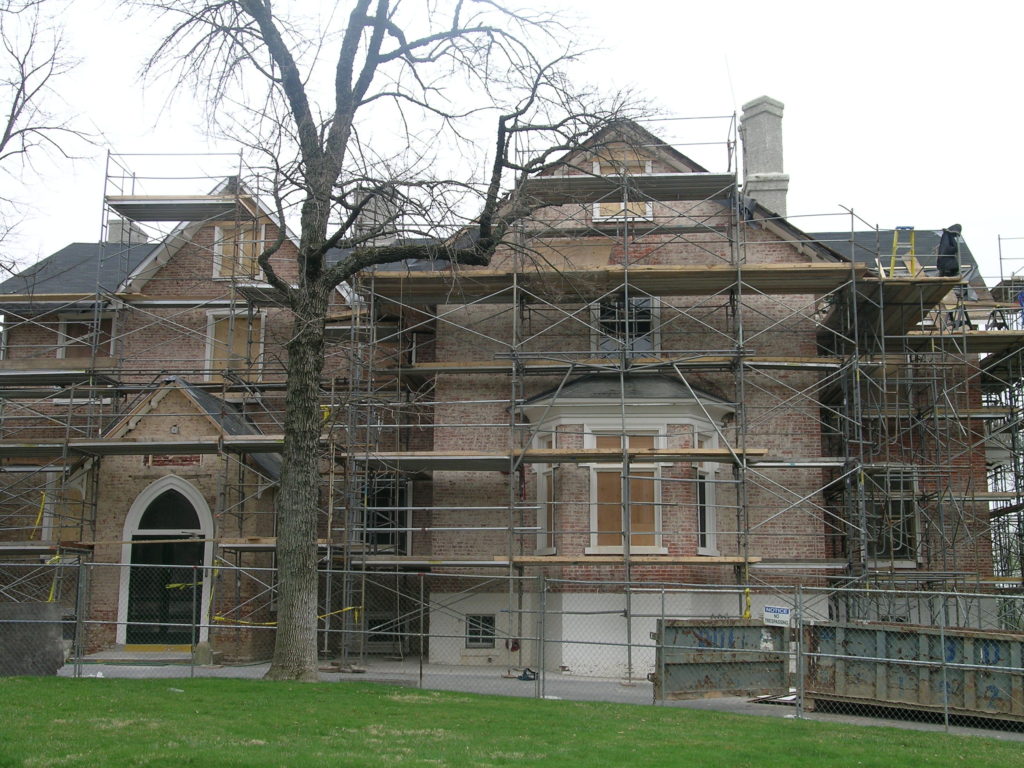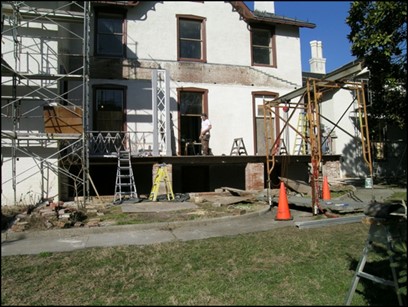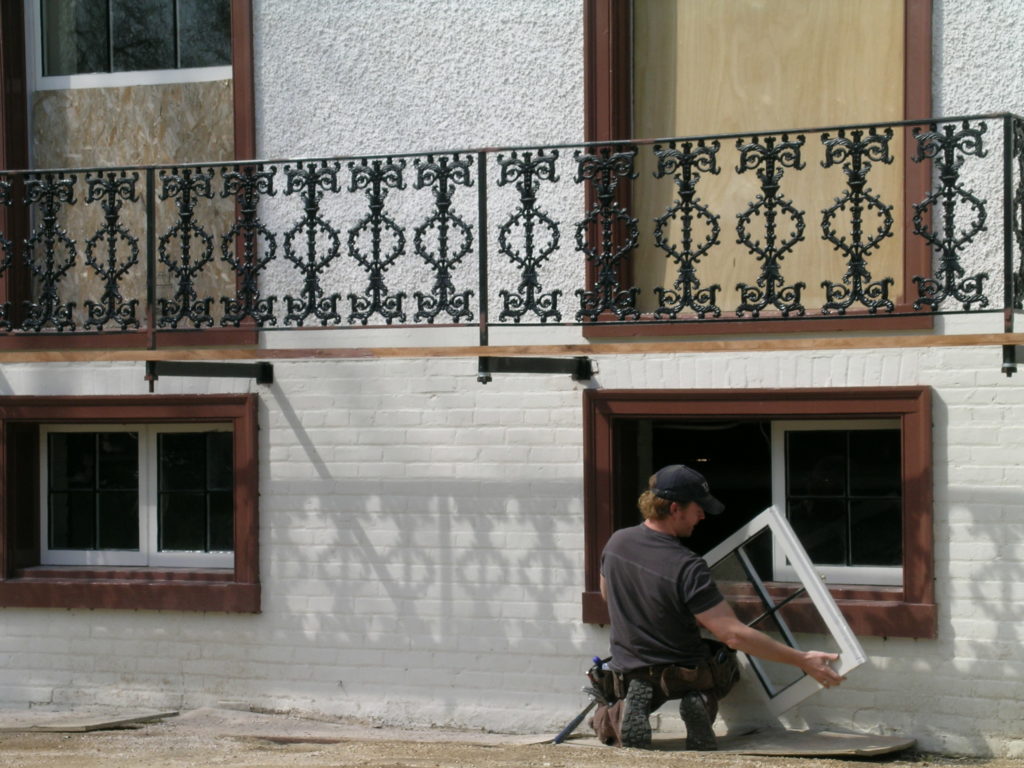
In a two-part series, our Senior Preservationist, Jeff Larry, reflects on his 20 years in the field and his ten years at Lincoln’s Cottage:
In September of 2004 I sold my old Ford truck, packed my tools and belongings into a moving van and bid adieu to Burlington, Vermont. My girlfriend (now wife) had been offered a job in Washington, D.C. and, being completely smitten, I decided to join her on this new adventure. Having received a degree in Historic Preservation from Mary Washington College in 1996, Washington, D.C. was not a completely unfamiliar environment and I looked forward to a wider world of preservation projects. My wife however had witnessed my early years of being un-gainfully self-employed and, being wiser than me in most things, suggested (insisted) that rather than start a new business I should look into doing something I had not done in over seven years. Find a preservation job working for someone else.
These days, I frequently tell young people looking for their first preservation job the importance of having a positive attitude and showing your passion for preservation. I tell them don’t expect to have all the answers, admit when you make a mistake, and be opened minded about an opportunity. It may not be exactly what you want, but you may be surprised where it might lead you.
When I graduated from Mary Washington I truly had no idea what I was going to do with myself and accepted the first (and only) job that was offered to me. That year spent in Fredericksburg learning preservation trades was unplanned but providential. I learned how to apply my class work to real life situations and I learned that I very much enjoyed the hands-on work. I learned not to sit between attic floor joists because you will fall though the plaster and lathe and crash to the floor twelve feet below. I also learned that I did not like working for someone else. Thus, many years later, my lovely wife’s insistence that I work for someone else was met with much trepidation.
For the next year I worked as a restoration carpenter with a slightly dysfunctional firm that specialized in historic preservation projects. For a craftsman with an independent mindset the transition from being in charge to being told what to do was a challenge. But, I kept a positive attitude, showed my passion and made a few mistakes. Through it all I reminded myself that I was fortunate because my week was spent restoring the exterior windows, doors, balconies and veranda at a National Trust historic site called President Lincoln’s Cottage. At the time, the National Trust was four years into what would become a seven-year 15-million dollar restoration of the Cottage and rehabilitation of the adjacent Robert H. Smith Visitor Education Center.

The north side of the Cottage with brick outside, circa 2004
I had a great experience working at the Cottage from 2004-05 and I got my first glimpse of what it was like to work with a large team of dedicated preservation professionals. In addition to the carpentry crew, a roofing company was removing the modern asphalt shingles, making repairs to sheathing and framing and installing a new slate and standing seam lead-coated copper roof to match the long gone original. A report from an historic stucco specialist written in 2003 noted that nearly 80{ec117f0059f8cde3a5e4f5b3c1b486659702d407977a37ffc575d2c0a9b4a69f} of the roughcast stucco on the Cottage was separating from its brick substrate or was failing due to previous improper repairs. The report recommended the removal of all the stucco except in a few undisturbed areas that could be kept for future record. When I first arrived the masons had already removed the stucco and were finishing repairs to the brickwork. Having only seen the Cottage with a brick façade for nearly three months I admit to initially being disappointed as another group of masons began applying the new stucco mix! I listened as structural and mechanical engineers discussed equipment locations and watched as technicians employed non-invasive techniques using thermography, pulse radar, metal detection and moisture meters to reveal conditions and features hidden behind walls and floors.

Reconstructing the south verandah, 2005

Jeff Larry as a contractor in 2005
After the exterior work of the Cottage was complete I restarted my old business and for the next two and a half years enjoyed my own restoration projects on the south porch of the Old Naval Hospital, The Decatur House, The Friendship Firehouse Bell Tower and an award winning LEED Certified rehabilitation of an 1880s row house for a DC based architectural firm. I expected to continue with my company but in January of 2008 an unexpected opportunity arose when I received a phone call from the Lincoln Cottage Preservation Project Director with an offer I could not refuse…
Tune in next month for the second part of Jeff’s ten year reflection.
